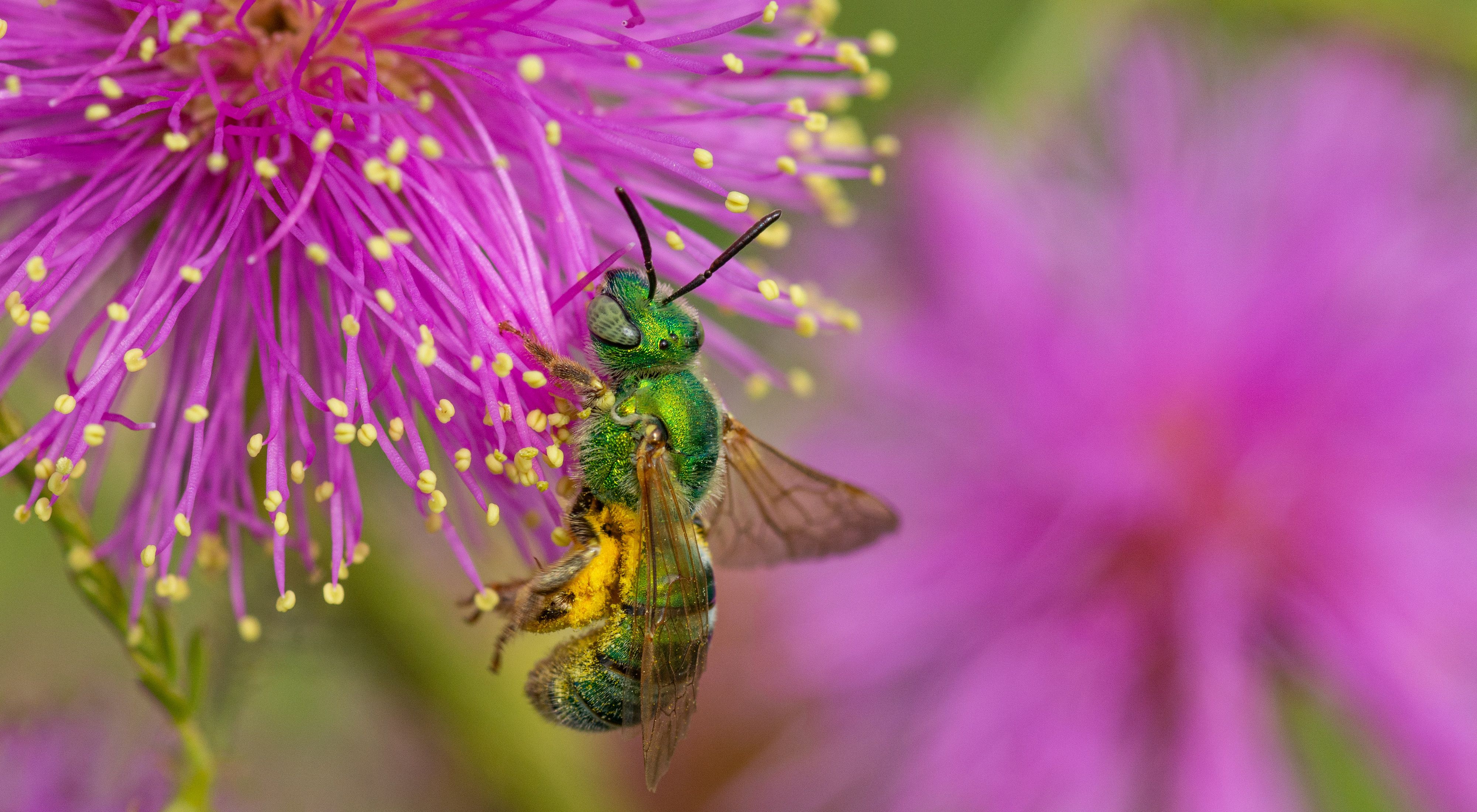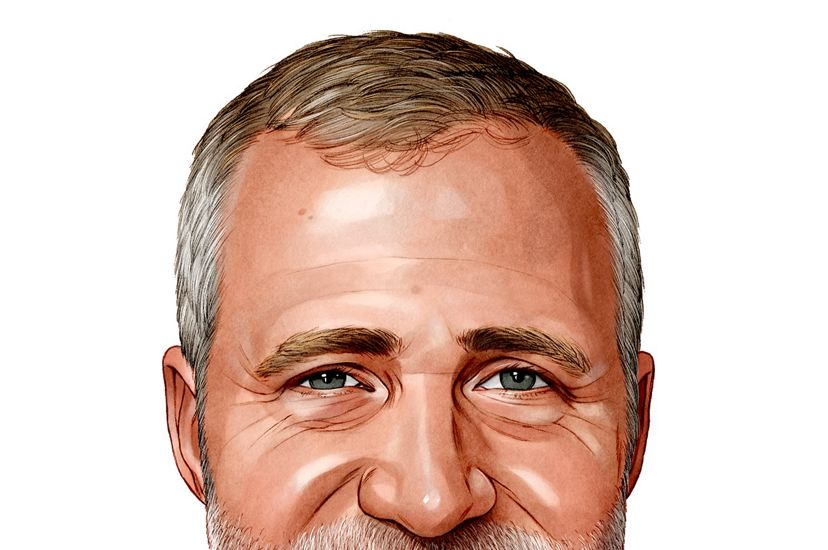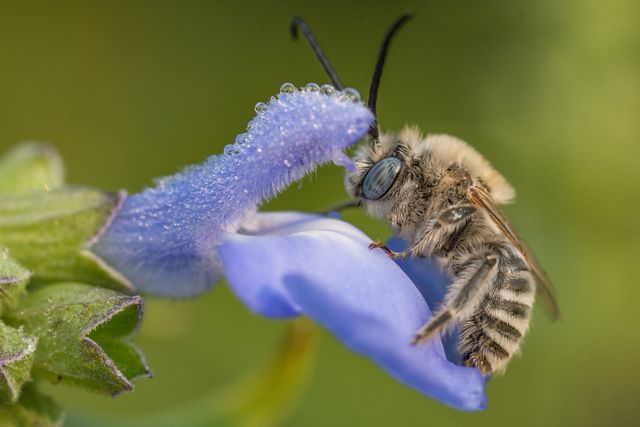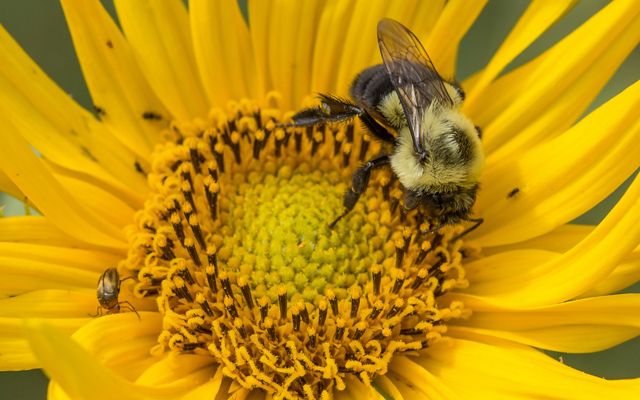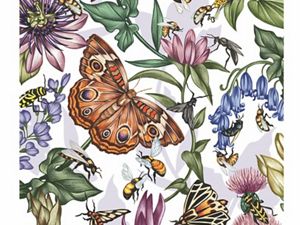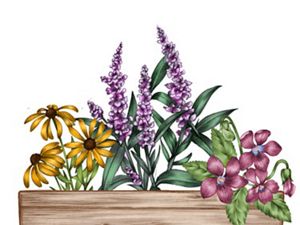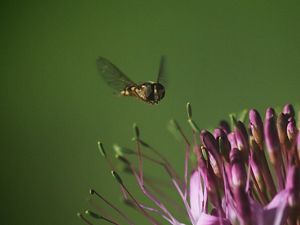An Interview with a Prairie Evangelist
Chris Helzer photographs a restored prairie near his home in Nebraska, capturing native bees.
Spring 2021
Temperate grasslands, like the prairies that once stretched across a third of North America, are the most endangered ecosystem in the world. Ecologist Chris Helzer, director of science for The Nature Conservancy in Nebraska, has spent more than two decades restoring these landscapes and their native plants and animals. A self-described “evangelist” for prairies, Helzer has studied this diverse ecosystem at a minute scale. For his new book, Hidden Prairie: Photographing Life in One Square Meter, he trained his camera on a single plot in a restored grassland preserve near his home in Aurora, Nebraska, and documented the 113 species of plants and animals he found there over a single year. The experience left him with an affection for Nebraska’s myriad native bee species, which play a pivotal role in the health of the state’s remaining prairies—and which, like many other pollinators around the world, are increasingly threatened by habitat loss, pesticides, introduced diseases and other disruptions.
Nature Conservancy: I think many of us are aware that bees are in trouble, but that’s not the entire story. Can you explain?
Helzer: When most people say, “Bees are in trouble,” what they’re thinking about is honeybees. Honeybees are all over the world because they’ve been brought in for agricultural purposes, and they’re important in our agricultural system. But while they are in trouble, we don’t hear about [the trouble facing] all the other bees—this phenomenal diversity of bees, of all shapes and colors and sizes.

Get the Magazine
Become a member of The Nature Conservancy and you'll receive the quarterly print magazine
Subscribe nowNorth America has about 3,600 species of native bees and, according to the Xerces Society for Invertebrate Conservation, some of their populations have declined by as much as 50%. What does that mean for our native ecosystems?
I think it’s fair to say that of all the pollinating insects, losing our native bees should be our greatest fear. While there are many kinds of insects that can pollinate flowers, bees tend to be the most effective at doing so for most flower species. All pollinators and all animals are important, but bees play such a pivotal role, and are so hard to replace, that losing too many species would be truly catastrophic [for the environment].
As an ecologist and a photographer, you’ve become intimately acquainted with many native bees. What are some of your favorite species?
Cuckoo bees are nest parasites they go into the nest of a solitary single mom bee while she’s out foraging, kill off all the larvae or eggs, then lay their own eggs and leave. It seems unfair, but it’s also a really cool strategy. Cuckoo bees actually specialize on certain other species of bees, which makes them important, because if you find cuckoo bees, that tells you something about the health of the overall bee community. You have to have a pretty healthy community in order for those cuckoo bees to [find the species they specialize on].
The blue sage bee is one of those rare species that specializes on one specific flower—and that’s blue sage. It’s this gorgeous white-and-black-striped bee with these vibrant blue eyes—the blue in the eyes matches the blue of the flower, which is amazing.
There’s another one that we’ve been finding this year called the southern plains bumblebee. It’s a rare and declining species, but one of the things that’s fun about it is it’s pretty easy to identify. Most bumblebees are kind of fuzzy, but the southern plains bee looks like it’s been combed and hair sprayed—it’s just this perfectly coiffed hairdo on a bumblebee.
Quote: Chris Helzer
If ... somebody cut hay on this prairie, from the perspective of a bee, that just wiped out the entire universe.
What can regular people do to help bees?
The pollinator crisis is something that each of us can contribute to [solving] in a meaningful way. It’s different from a lot of other things—I can’t do a lot, myself, about saving the Amazon, but with pollinators, I can go out in my yard or I can find a space in my community and make sure that there’s a diversity of native plants blooming any time of the season. It has a big impact on pollinator health, and I can see results right away.
If you do have a yard or a space of some kind, the way you manage it in the winter is also important. Don’t come in there with leaf blowers and just clear everything out. The less clean it is, the better it is going to be for bees and a lot of other insects. If you have leaves or compost or piles of sticks, those can be really important nesting sites.
Conserving habitat in general is important for pollinators, but your work for TNC revolves around a very particular habitat. How has your work with bees changed how you look at the prairie?
Think about a digger bee—a little bee, a solitary bee that has a nest in the ground. Her universe is defined by how far she can fly and forage out from that little point in space, which means that her universe is a circle. For some bees, that circle might have a radius of 50 or 100 yards.

When I walk around our sites now, I look at the world through bee goggles. I’ll stand in a certain place and say, ‘OK, if I was a bee and this was my circle, is there something to eat right now?’ And if I visit that site once a month, throughout the season, if every time I can see several different species of flowers, then I’m confident that I could have a successful nest here. But if you walk out one day and somebody cut hay on this prairie, from the perspective of a bee, that just wiped out the entire universe. It’s been a helpful thing for me as a scientist and as a land manager.
Native bees need prairies, but prairies need bees as well. You mentioned that bees tend to be the most effective pollinators for the largest number of flowers. What makes pollination so important for prairies?
I think it starts with the idea that if we want ecosystems that are healthy and stable, both for their own sake and for our sake, we need to have the largest diversity possible of plants and animals. One of the foundations of that whole system is the food that animals get from plants, and a lot of that is seeds. If you think about birds, for example, when we set up a bird feeder, what we put in there are seeds because that’s what they eat much of the year, especially during winter. If flowers aren’t pollinated, though, they don’t make seeds. That’s the simplest way to think about it. So pollination drives the formation of one of the most important food sources in a natural system.
You’ve been with TNC in Nebraska for more than two decades, working on prairie conservation and restoration. How is it going?
Our primary objective is to defragment the landscape, and to do that we have to get the plant species back in a way that animals can use them as habitat. We’ve been able to demonstrate that we can do that [at, for example,] TNC’s Platte River Prairies here in Nebraska. We’ve done more than 1,500 acres of conversion from cropland to prairie habitats, planted with seed mixes of between 150 and 200 plant species. What doesn’t get restored very well is organic matter in the soil. It’s going to take centuries and centuries to build what was lost in just a few years of farming. But we’ve at least patched the wound. We’ve stitched things back together in a way that’s functional, and we’ve had a big impact in Nebraska.


Are you optimistic about the future of the prairie, and of the bees and other animals that live there?
Prairies are an incredibly resilient ecosystem. We had the Dust Bowl in the 1930s, and prominent biologists studying prairies then were just devastated by what they saw. Plant species disappeared [and habitats were] taken over by one or two species of grass and weedy plants. Then about three, four, five years after the rain came back, the prairie came roaring back.
With climate change, which is clearly the largest threat to prairies right now, there’s going to be some massive challenges. But the fact that we’ve seen them respond to short-term droughts like the Dust Bowl, and knowing that they’ve come through much longer drought periods in the past and survived, that gives me a lot of hope that the core resilience of prairies is high.
The problem is, it’s only high if the plant community is diverse, and if prairies are large and connected. When we plow up a prairie, we can restore some pieces of it, but we can’t restore the whole thing. Every time we plow, we’re losing something that’s basically irrecoverable.
Get the Magazine
Sign up to become a member of The Nature Conservancy and you'll receive the quarterly print edition of the magazine as part of your membership.
